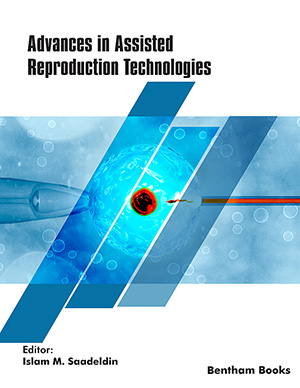Abstract
Background: Duckweed is the common name for Lemnaceae, a plant family consisting of five major genera: Lemna, Spirodela, Wolffia, Wolffiella and Landoltia. They are the world's smallest and simplest flowering plants with a high growth rate under appropriate environmental conditions. Duckweed can be used as a feed source for livestock and poultry, as well as biomass for production of biofuel and recombinant proteins. Over the last 40 years a great deal of research has been published on the use of duckweed to treat wastewater. These plants can recover nutrients, such as nitrogen and phosphorus, and they can also remove or accumulate metals, radionuclides, and other pollutants in their tissues.
Methods: A summary of some of the published works done on duckweed species to remediate natural, domestic, industrial and agricultural wastewaters is presented. The potential of these species for phytoremediation is considered and discussed.
Results: Certain duckweed species have the ability to grow on wastewaters, making their biomass production an environmentally friendly process. Duckweed has been extensively studied in pilot-studies and in tertiary treatment of municipal and industrial wastewaters, as well as nutrient recovery from swine wastewater. A relevant number of studies concerns the behaviour of duckweed species towards heavy metals and other elements, such as selenium and arsenic. More recently the attention has been also focused on metals, named Rare Earth Elements (REE) and on emerging pollutants (i.e. pharmaceuticals, personal care products, pesticides and surfactants). The phytoremediation ability of duckweed depends on the growth conditions of the species, the type of pollutants and their concentrations.
Conclusion: Progress has been made on use of duckweed in phytoremediation. Current knowledge on the removal efficiencies of several pollutants is limited to laboratory experiments and batch systems, rarely on microcosm- or mesocosm-scale. The removal mechanisms involved, the toxicity to plants caused by contaminants, and the influences of certain important environmental parameters are not fully elucidated. Further studies in this area are still needed in order to provide more and better convincing evidence of the remediation performance of larger laboratory-scale, pilot-scale or fullscale of duckweed.
Keywords: Duckweed, phytoremediation, pollutants, stress response.

























